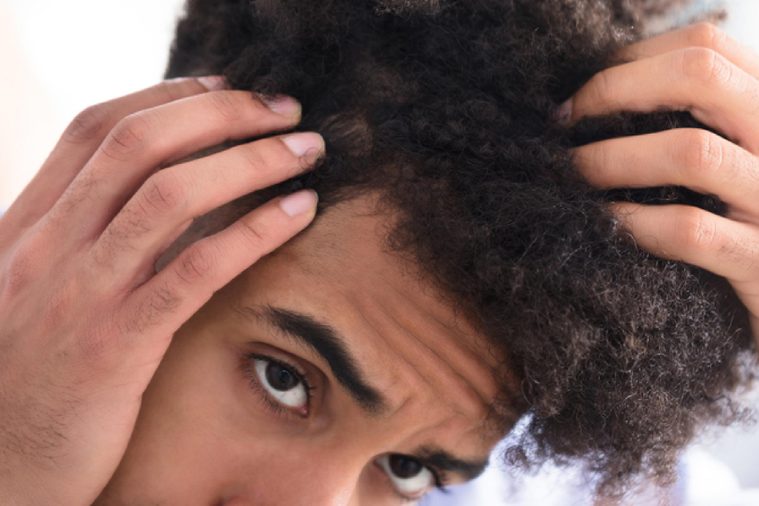
Bacteria on your scalp
The most common scalp bacteria are Propionibacterium and Staphylococcus, and new research has found that which of these species is more dominant may determine whether or not you suffer from dandruff, as nearly half of all adults do. When there are many more Propionibacterium bacteria than Staphylococcus, the scalp is healthy. But a preponderance of Staphylococcus leads to dandruff. Now, of course, scientists need to develop shampoos that help keep these battling scalp bacteria in balance.
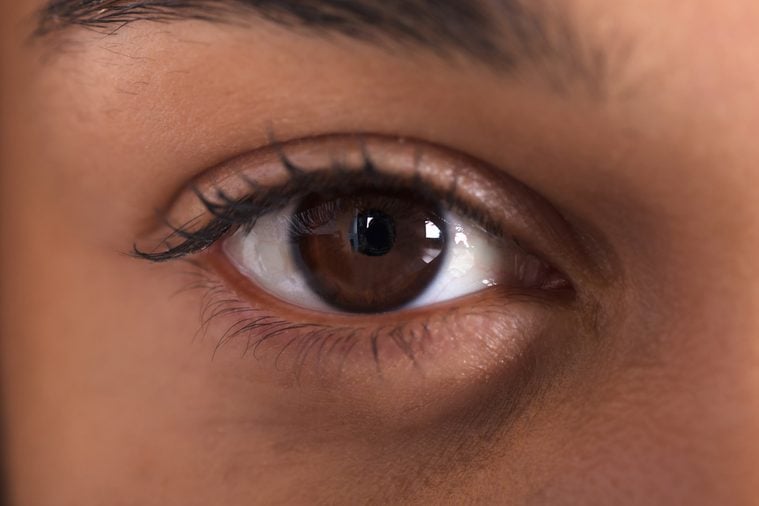
Critters in your eyelashes and eyebrows
Of all the microbes living in or on the body, the Demodex mites that live on eyelashes and in eyebrow hair follicles—along with hair follicles all over the body—might elicit the loudest “Ewwwwww’s”! These teensy animals have long bodies and stumpy legs and they spend their entire life on your face or body hair. They sleep, eat, and even have sex there. But while they’re rather disgusting to think about, the mites don’t usually cause any problems unless they overpopulate or spark an allergic reaction. Then they can lead to skin conditions like rosacea or seborrheic dermatitis. Some people may think their eyes are just dry or irritated when the mites are actually responsible. The mites seem to like us more as we age, so while only about 20 percent of people under 20 have them, nearly all senior citizens do. Check out these 9 body parts that are as unique as your fingerprint.
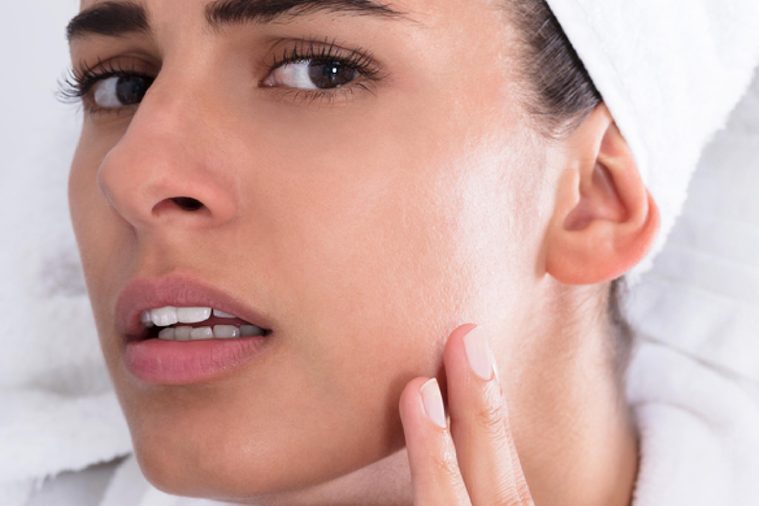
Bugs on your face
Your skin is one of the body’s most important defenses against outside threats, and the bacteria that live on the skin’s surface are important sentries. Your skin’s overall health is dependent on the balance between your own skin cells and the microbes that live on the surface—on average, about a trillion bacteria. Julie Segre, PhD, a principal investigator at the National Human Genome Research Institute at the National Institutes of Health, says that among the most common of these bacteria are Staphylococcus epidermidis, Staphylococcus hominis, Corynebacterium simulans, and Cornyebacterium accolens. “Basically, the healthy bacteria are filling all those little niches so that the more dangerous bacteria can’t get a foothold onto the skin,” says Segre.
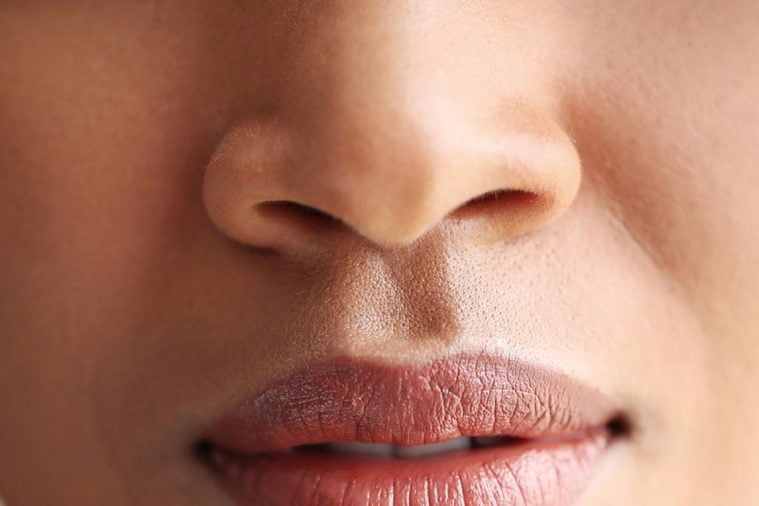
The germs up your nose
“Along with your skin, your nose and mouth are the parts that are most exposed to the environment,” says George M. Weinstock, PhD, a geneticist and microbiologist on the faculty of the Jackson Laboratory for Genomic Medicine in Connecticut. “There are huge numbers of microbes impinging on them every second. And there’s a fairly elaborate system to make sure that if anything bad gets in there it gets wiped out.” Common bacteria in the nose include the same Staphylococcus and Cornyebacterium found on your face. And just as on the skin, the harmless Staphylococcus epidermidis can prevent the deadly Staphylococcus aureus bacteria from staking a claim to the space. Other tiny organisms, like mites and fungi, generally don’t inhabit the nostrils. Check out these 15 incredible things your body does every minute.
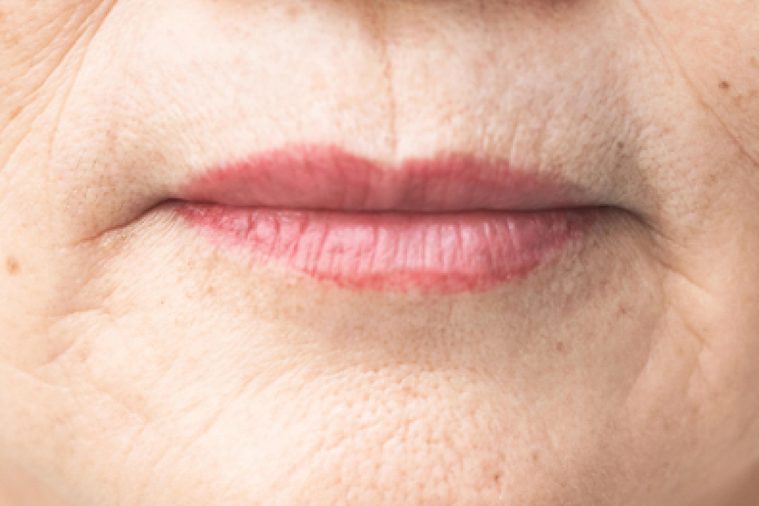
The smelly microbes in your mouth
“The oral cavity is probably the second richest and most diverse source of microbes after the gut. There’s a lot going on there,” says Weinstock. Here’s something gross to think about: If you don’t brush your teeth regularly, you may have a “biofilm” of bacteria 300 to 500 cells thick on the surface of your teeth. An estimated one thousand species of bacteria can live in the mouth; in fact, different sides of the same tooth can have different populations of bugs. Common oral bacteria include Streptococcus sanguis and Streptococcus mutans. Besides battling the bad breath that these bacteria can cause, brushing and flossing regularly helps avoid gum disease that can cause bleeding. “Your system seems designed to deal with a little bleeding,” says Weinstock. “But when you have persistent periodontitis or gingivitis the bacteria can get into your circulatory system and cause problems.”
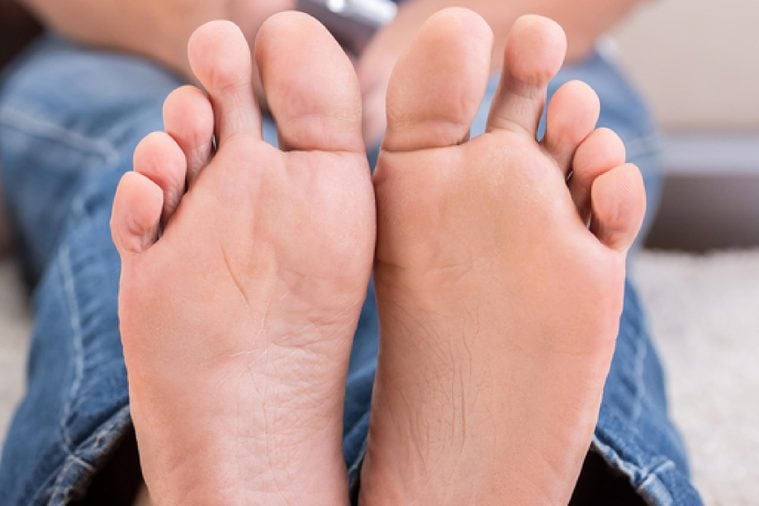
Smelly microbes between your toes
Whether your feet smell bad or not, they’re almost certainly home to a variety of fungi and bacteria, including the parasitic microbes Trichophyton and Epidermophyton that cause athlete’s foot. Good hygiene, including regular foot washing and wearing flip-flops or other shoes at the gym or in communal showers, can help keep the stinky population down.
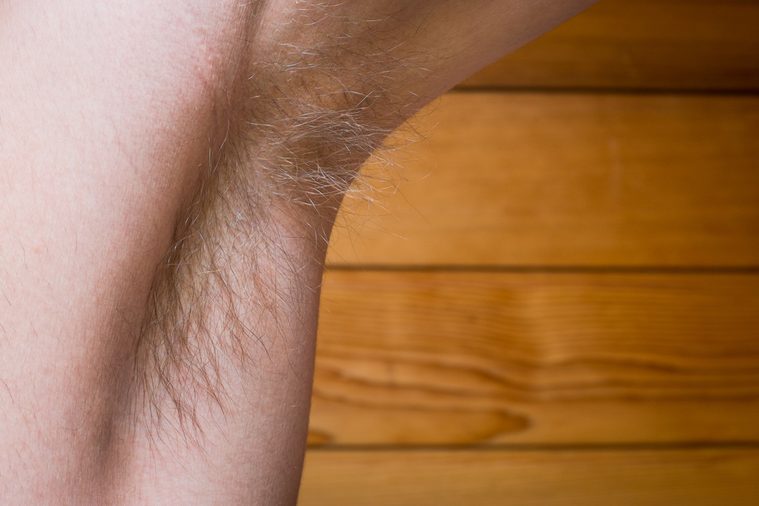
Smelly microbes in your armpits
If there were no organisms living under your arms, you might never detect any smell there, since scientists have found that body odor corresponds to specific microbes—the bacteria called Coryneform—that break down fatty acids and proteins in sweat. The more coryneform bacteria, the stronger the smell. “Just like bad breath, underarm smell comes from the microbiome,” says Weinstock. Find out the body changes that could signal a bigger health problem.
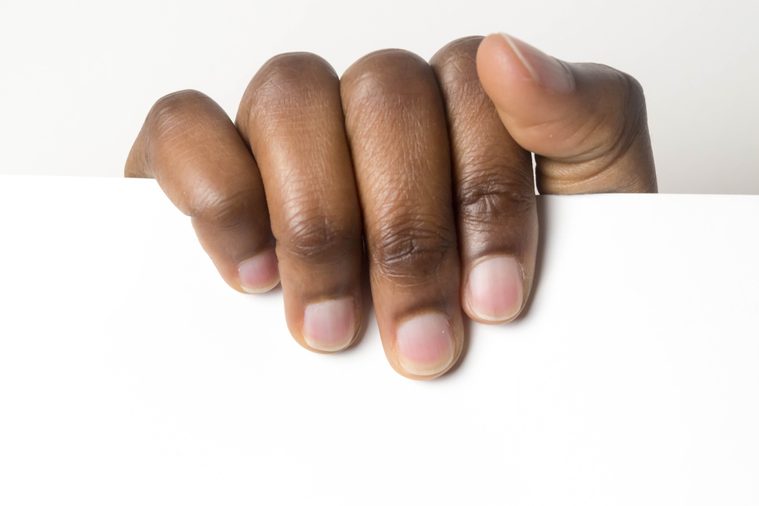
The multitudes on your hands
Our hands are one of the most common ways we explore the world, and they’re constantly exposed to organisms from the outside. “The fingers are loaded with bacteria, says Weinstock. “And every time you scratch your head or put your finger in your mouth you’re moving organisms from one part of the body to another.” While some experts believe we’ve gone too far with hygiene—showering and soaping and shampooing and using antiperspirants—and are needlessly destroying the bacteria that live on us, most agree that frequent handwashing to get rid of bacteria is a good idea, since many of these bacteria are not the normal, beneficial ones but potentially harmful ones we’ve picked up.

The hordes in your bellybutton
Don’t forget this spot when you shower, since one experiment sampled navels from 60 people and found thousands of species of bacteria cozily ensconced there. How did the researchers feel about it? They titled their scientific paper “A Jungle in There!”
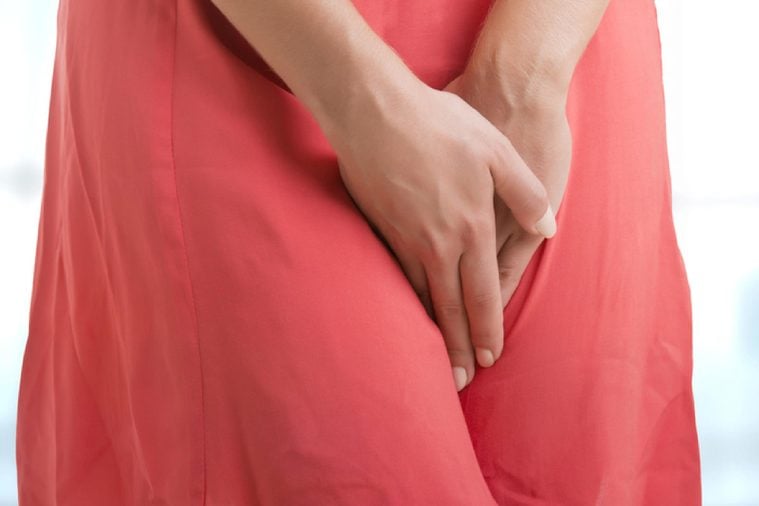
The life inside the vagina
An estimated 300 species of microbes live in the vagina, and scientists believe these organisms play a role in reproductive health and help protect against disease. The most common—and beneficial—bacteria in the vagina are members of the Lactobacillus family. These bacteria secrete lactic acid and help fend off hostile invaders like the Candida yeast that cause infections. And by the way, men’s genitals have their own microbiome. A recent study found the penis and male urinary tract also contain a diverse community of microbes. Don’t miss these 9 biggest unsolved mysteries of the human body.
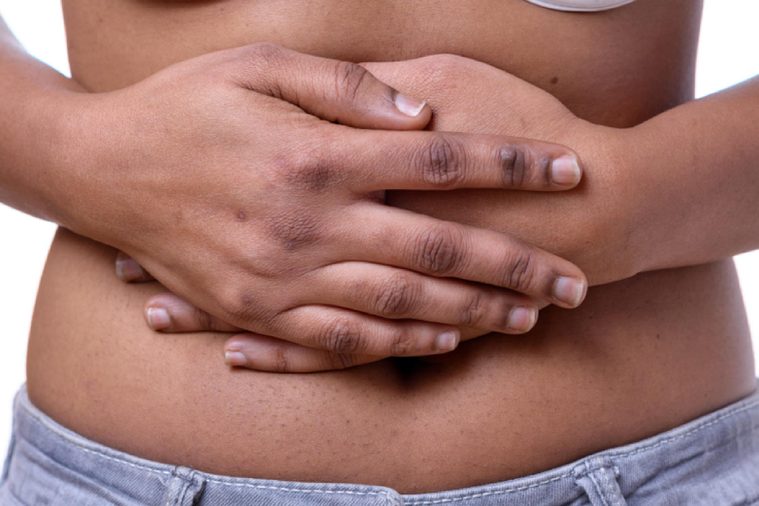
The party inside your belly
There’s a reason the gut microbiome has gotten the lion’s share of attention: Of the more than 10,000 distinct species of bacteria (most of which still unidentified) that live in healthy people, at least 4,000 of them colonize the gut to help with digestion as well as immunity and overall health. The majority of the bacteria are classified as Firmicutes or Bacteroides, two different phyla. These organisms help the body break down carbohydrates and also make essential nutrients like vitamins B and K. The huge number of good gut organisms help crowd out the harmful ones. As Cynthia Sears, MD, a professor of medicine at Johns Hopkins School of Medicine told Discover Magazine, “Just by mere force of numbers, the bad bugs are beat out by the good bugs.”
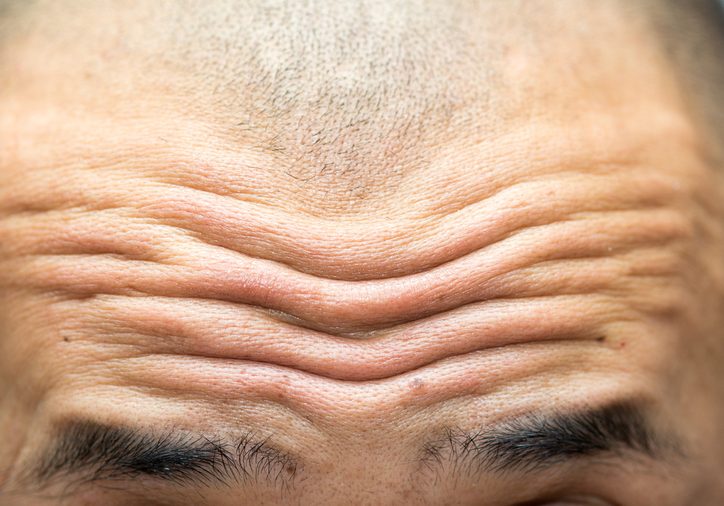
The parasite in your brain
OK, so this one might be the scariest of all. Typically, the brain is free of the microbes circulating in the body because of the blood-brain barrier—a filter system that allows the brain to get its blood supply without risking infection. “Usually if you have a bacterial infection in the brain, something bad has happened to allow that—a wound got infected, or something broke down in the body’s defense mechanisms,” says Weinstock. But there are organisms that can bypass this barrier, and one of most common is Toxoplasma gondii, a parasite that inhabits the brains of up to 84 percent of people. What’s particularly interesting (okay, terrifying) about this parasite is that it changes behavior. “This is a parasitic bacteria that can infect a huge range of animals, including humans,” says Weinstock. “It can crawl inside certain immune cells or nerve cells that cross the blood-brain barrier. It’s a fascinating microbe—it affects behavior to help it get transmitted.” Cats transmit Toxoplasma, and when mice are infected with the parasite, they become more reckless and take more chances—making them more likely to get caught and eaten by cats. And preliminary studies are finding that humans infected with Toxoplasma may also have slower reaction times and may behave more recklessly. Yikes! Next, find out more strange body facts you never knew about.